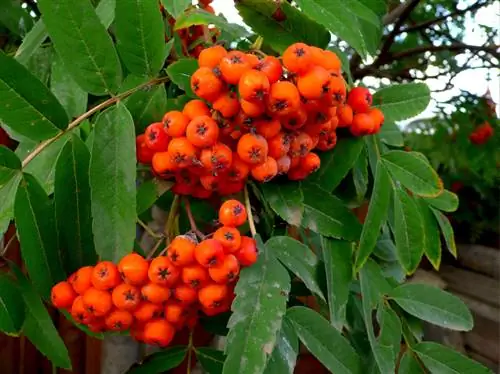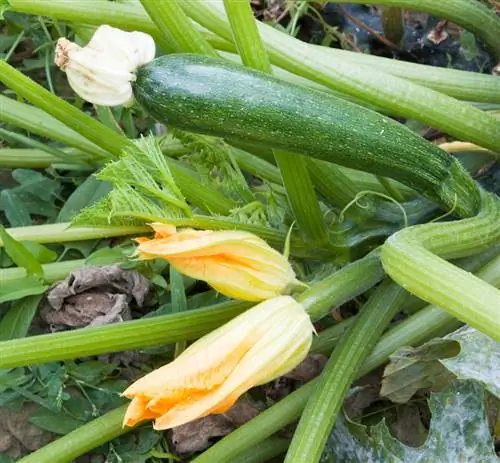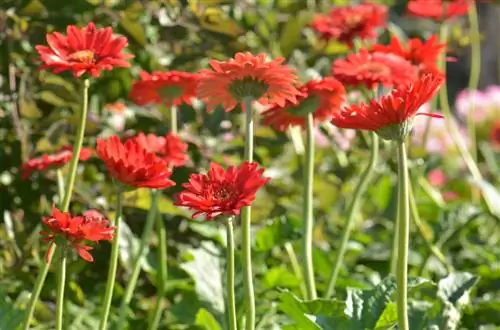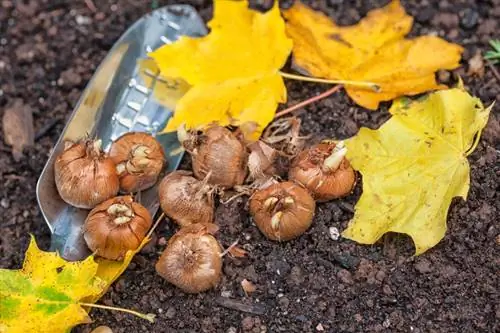- Author admin [email protected].
- Public 2023-12-16 16:46.
- Last modified 2025-01-23 11:20.
Rowan trees are also known as rowan trees. The red fruits that ripen on the tree in late summer are very decorative. It's not for nothing that they are also called rowan berries, because the feathered garden friends love the berries more than anything.
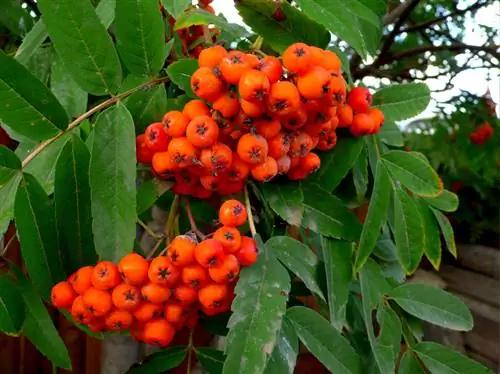
How do I care for a rowan tree in the garden?
The mountain ash, also known as the rowan tree, is a decorative tree for the garden that prefers sunny to semi-shady locations. It reaches a height of up to 15 meters, has a translucent crown and requires little care. The red berries are attractive to birds and can be made into jams or jellies.
Roan tree facts
- Family: Rosaceae
- Age: up to 100 years
- Height: up to 15 meters
- Spread: two meters
- Root: very strong, sprawling root system
- Flowering period: May to June
- Ready for harvest: from the end of August until winter
Tips for planting in the garden
Provide a convenient location. The mountain ash likes it sunny or at least partially shaded. You don't get heat, so you shouldn't plant it in front of walls.
The best time to plant is spring after the last frost. In principle, you can plant rowan trees all year round.
Choose soil that is not too rich in nutrients and must be permeable to water. Rowan berries cannot tolerate waterlogging. Provide a root barrier so that the vigorously growing roots cannot spread too much.
Caring for rowan trees
Row ash requires almost no care. The tree grows quite quickly in the first few years, then only slowly later on.
The rowanberry develops a translucent crown, so pruning for thinning is not necessary. The rowan is only cut if branches are disturbing or diseases have affected the tree.
Fertilizing is also unnecessary. However, you can lay out a layer of mulch on the tree disc. This provides the soil with nutrients and keeps the soil moist enough so you don't have to water.
Using the berries
Contrary to popular belief, the bright red berries are only slightly poisonous to humans when raw. However, they are so bitter that hardly anyone will eat them raw. The poison is neutralized by cooking.
You can make delicious jams, jellies and juices from rowan berries. Rowan berry brandy is a schnapps made from the fruits of the rowan tree and is particularly popular in southern Germany.
Tips & Tricks
Like almost all local deciduous trees, the rowan loses its leaves in winter. The berries that grow on umbels, however, remain attached to the tree and are valuable winter food for birds.

